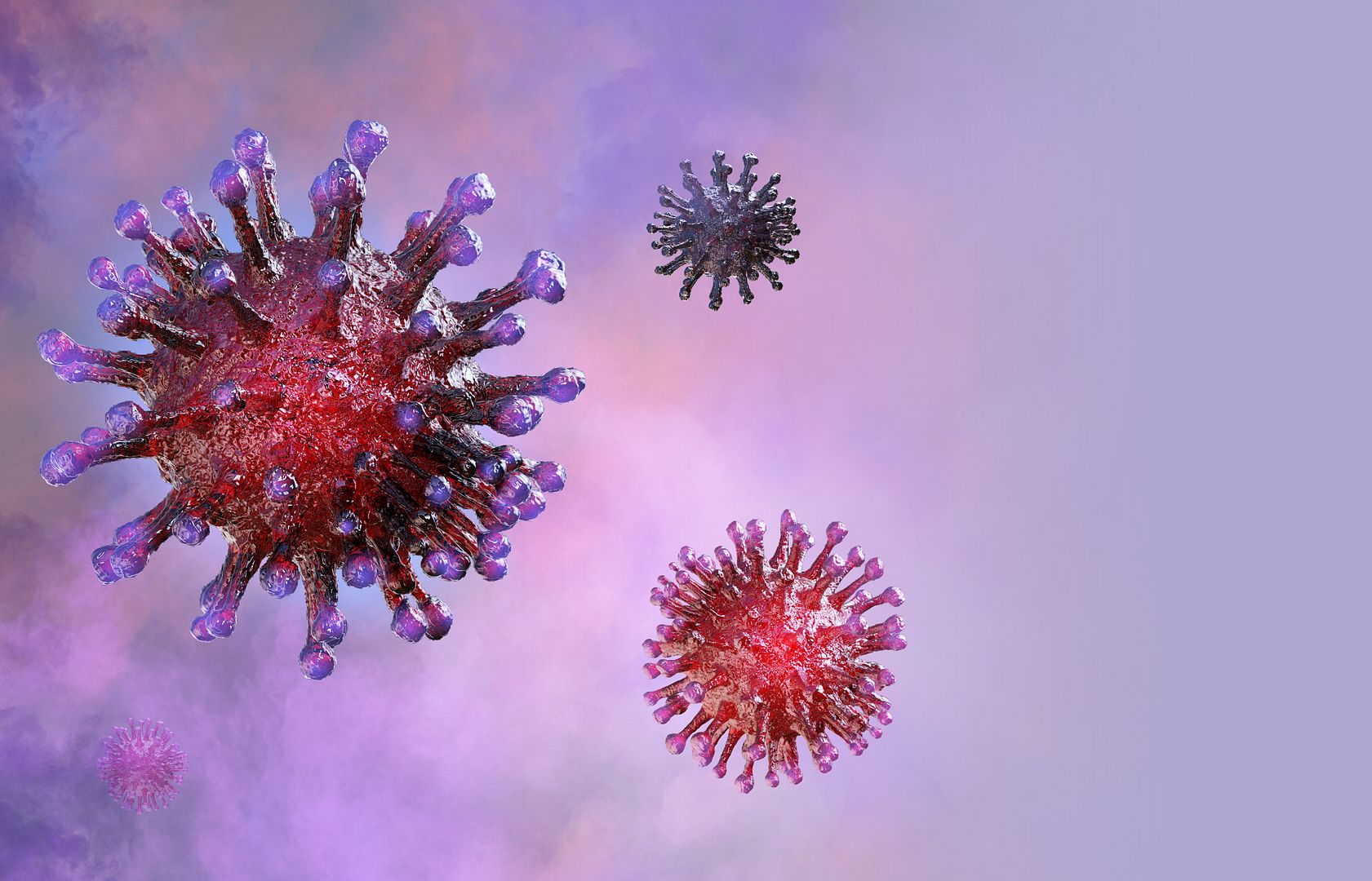More Severe COVID-19 Symptoms Seen in Children with SMA Type 1

Among children with neuromuscular disorders, those with spinal muscular atrophy type 1 (SMA 1) appear to be more vulnerable to more severe COVID-19 symptoms, a small study suggests.
However, the course of disease in children with neuromuscular disorders overall may not be as severe as expected, with researchers speculating that the “protective role of young age seems to outweigh the risk factors that are common in neuromuscular patients,” such as decreased respiratory capacity.
The study, “COVID-19 in children with neuromuscular disorders,” was published in the Journal of Neurology.
Since the beginning of the COVID-19 pandemic, studies have found older people, and those with co-existing medical conditions (comorbidities), are more likely to experience serious and life-threatening complications due to coronavirus (SARS-CoV-2) infection.
People with neuromuscular disorders are assumed to be particularly vulnerable, especially in patients with low lung capacity, such as those with SMA.
Furthermore, while children develop severe COVID-19 symptoms less frequently, those with underlying medical conditions may be more susceptible to complications.
However, scarce data is available on COVID-19 severity in children with neuromuscular disorders.
Now, researchers based at the Hospital Sant Joan de Déu in Spain have conducted a multicenter study to describe the clinical characteristics and outcomes of COVID-19 infection in children with neuromuscular disorders.
Data were sourced from the Neuromuscular Working Group of the Spanish Pediatric Neurology Society, a registry of children with neuromuscular conditions and laboratory-confirmed coronavirus infection.
The study included 29 individuals younger than 18 years, with a mean age of 8.4 years, ranging from 4 months to 17 years.
SMA was the most prevalent neuromuscular condition (11/29, 38%), including six children with SMA type 1 and five with SMA type 2, with nine out of 11 (82%) requiring ventilation.
Of these, eight children were treated with Spinraza (nusinersen), two with Evrysdi (risdiplam), and one with salbutamol (sold as Ventolin), an inhaled bronchodilator used to prevent and treat wheezing and shortness of breath.
Other neuromuscular conditions included Duchenne muscular dystrophy (14%), congenital myopathy (7%), congenital muscular dystrophy (7%), and the autoimmune condition myasthenia gravis (7%).
The team categorized COVID-19 severity (based on previous classifications) into five groups: asymptomatic, mild, moderate, severe, and critical. Patients with mild symptoms experienced fever, fatigue, muscle pain, cough, sore throat, runny nose, and sneezing without pneumonia.
Moderate cases included those with pneumonia, frequent fever and cough, and mild respiratory distress, without lung function decline. Severe cases included those with lung deterioration, and critical cases experienced lung failure, stock, or multiple organ failure.
Overall, 11 neuromuscular patients remained asymptomatic, while 16 had mild symptoms. The most common symptoms were fever (31%) and nasal congestion (31%). Less common symptoms included cough, headache, muscle aches, sore throat, diarrhea, vomiting, and loss of smell.
Of those with SMA type 1, one participant was asymptomatic and was observed for three days, but did not need inpatient care. Three SMA 1 patients were hospitalized with moderate symptoms for an average of seven days (ranging from three to 10 days), in which one was admitted to the pediatric intensive care unit for three days.
Hospitalization was not required for children with other neuromuscular conditions.
The three hospitalized SMA type 1 patients were between 1 and 3 years of age, with two experiencing mild respiratory distress without respiratory decline. Here, non-invasive ventilation was switched from overnight treatment to continuous treatment for three days. The third patient developed pneumonia without respiratory distress.
Notably, all three SMA type 1 patients who were hospitalized had a previous history of frequent hospital admissions due to respiratory illness triggered by other infections.
None of the treatment regimens were modified during the infection period.
“Our results suggest that the course of COVID-19 in children with neuromuscular disorders may not be as severe as expected, although children with SMA 1 appear to be a more vulnerable group,” the researchers wrote.







